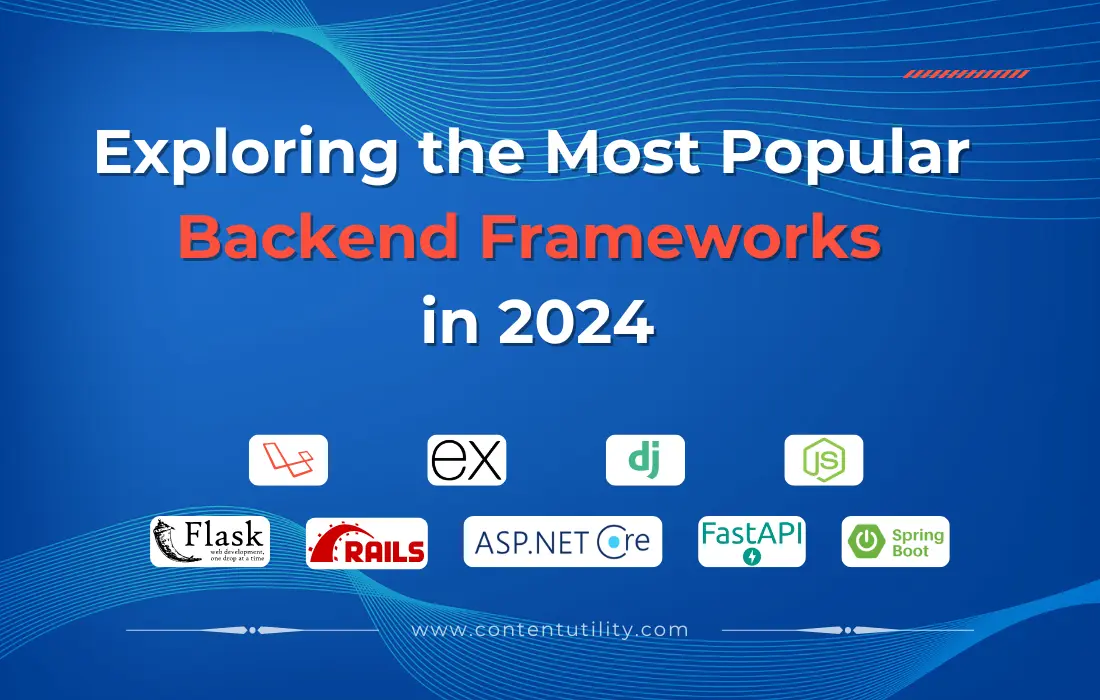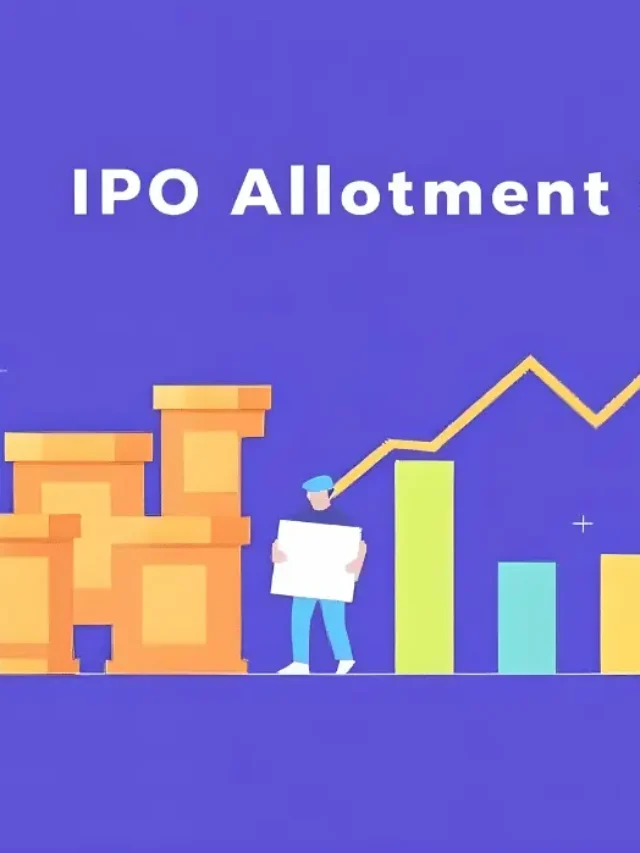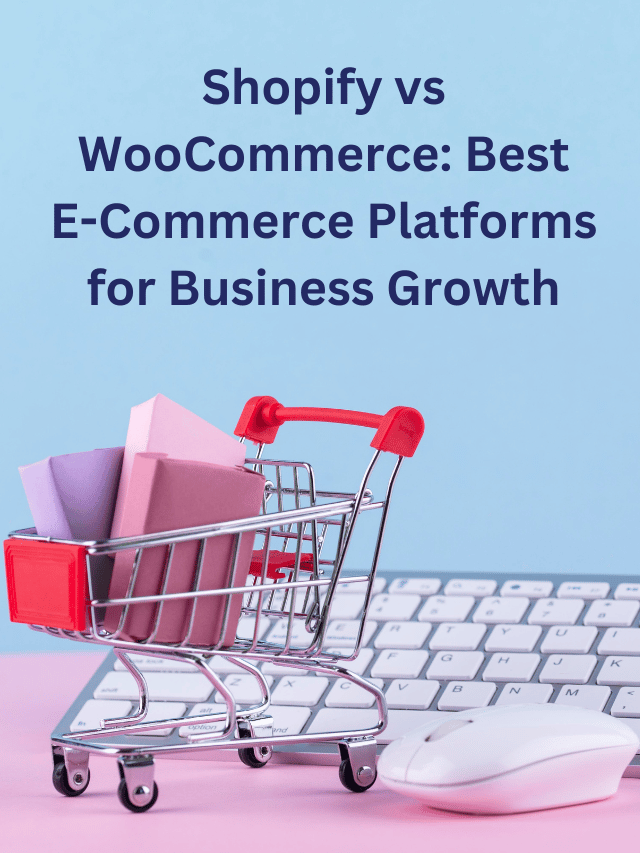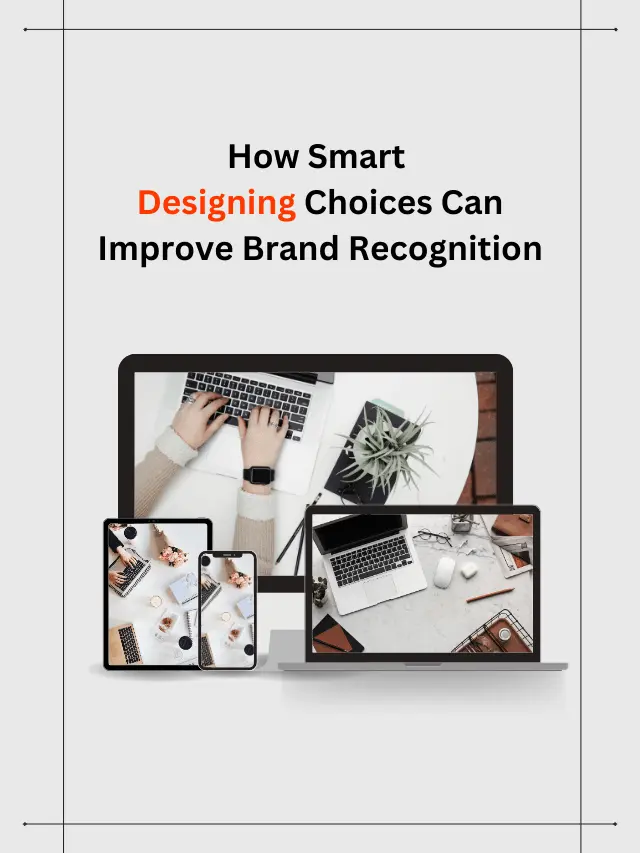Best Popular Backend Frameworks in 2024
The world of backend development is continuously evolving, with new frameworks emerging to meet the growing demands of modern web applications. In 2024, several backend frameworks stand out for their performance, ease of use, and robust features. This blog post delves into the most popular backend frameworks of the year, highlighting their unique advantages and why they are favored by developers worldwide. For more insights on web development trends, visit Content Utility.
Node.js
Node.js remains a dominant force in backend development, praised for its event-driven, non-blocking I/O model that makes it ideal for building fast and scalable network applications. Powered by the V8 JavaScript engine, Node.js enables developers to create real-time, data-intensive applications with ease. Its extensive ecosystem, facilitated by npm (Node Package Manager), provides a wealth of modules and packages to streamline development (Nextdynamix Tech).
Key Features
- Event-Driven Architecture: Handles multiple requests simultaneously without blocking the execution.
- High Performance: Efficiently handles concurrent connections.
- Rich Ecosystem: Thousands of libraries and tools available via npm.
Django
Django is a high-level Python web framework that promotes rapid development and clean, pragmatic design. Known for its “batteries-included” philosophy, Django comes with a plethora of built-in features such as authentication, admin panels, and an ORM (Object-Relational Mapping) system. Its emphasis on reusability and “don’t repeat yourself” (DRY) principle allows developers to write less code, which is clean and maintainable (Back4App Blog).
Key Features
- ORM: Simplifies database interactions using Python objects.
- Admin Interface: Built-in administrative interface for managing application data.
- Security: Protects against common web vulnerabilities like SQL injection and cross-site scripting.
Ruby on Rails
Ruby on Rails, or simply Rails, continues to be a popular choice due to its convention over configuration approach, which reduces the complexity of configuring software components. Rails is built on the Ruby programming language and is known for its simplicity and productivity. Its robust community support and extensive library of gems (plugins) make it a go-to framework for both startups and established companies (daily.dev).
Key Features
- Convention Over Configuration: Minimizes the number of decisions developers need to make.
- Active Record: Implements the Active Record pattern for database interactions.
- Mature Ecosystem: Rich set of tools and libraries.
Express.js
Express.js, a minimalistic web framework for Node.js, is favored for its simplicity and flexibility. It provides a thin layer of fundamental web application features, without obscuring Node.js features. Its lightweight nature makes it ideal for building RESTful APIs and single-page applications (Back4App Blog).
Key Features
- Middleware: Extensive set of HTTP utility methods and middleware.
- Minimalistic: Small and unopinionated, giving developers flexibility.
- Performance: Lightweight and fast, making it suitable for microservices.
Flask
Flask is a micro-framework for Python that offers simplicity and flexibility. It allows developers to build web applications with a solid foundation and expand them with numerous extensions. Flask is particularly appreciated for its straightforward nature and ease of use, making it a great choice for small to medium-sized projects (Nextdynamix Tech).
Key Features
- Lightweight: Minimalistic core with the option to add features as needed.
- Flexibility: Freedom to use any ORM, form library, or templating engine.
- Extensible: Large number of extensions available.
Laravel
Laravel, often dubbed the “PHP framework for web artisans,” is renowned for its elegant syntax and comprehensive feature set. It simplifies tasks such as routing, authentication, and caching. Laravel’s expressive codebase and extensive documentation make it a favorite among PHP developers .
Key Features
- Eloquent ORM: Intuitive and efficient object-relational mapper.
- Blade Templating: Powerful templating engine.
- Artisan CLI: Command-line interface for common tasks.
Spring Boot
Spring Boot, an extension of the Spring framework for Java, streamlines the development of production-ready applications by emphasizing convention over configuration. It provides embedded servers and a suite of tools that simplify development, testing, and deployment of Java applications (Nextdynamix Tech).
Key Features
- Auto Configuration: Reduces the need for manual configurations.
- Microservices: Ideal for building scalable microservices.
- Wide Range of Tools: Supports various aspects of enterprise applications.
ASP.NET Core
ASP.NET Core is a cross-platform, high-performance framework developed by Microsoft. It allows developers to build modern, cloud-based, internet-connected applications. Its modular architecture and integration with the .NET ecosystem make it a versatile choice for backend development.
- Cross-Platform: Runs on Windows, Linux, and macOS.
- Performance: High-performance, scalable applications.
- Versatility: Supports various development styles and architectures.
FastAPI
FastAPI, a modern web framework for Python, is known for its high performance and ease of use. Built on Starlette and Pydantic, it combines asynchronous programming with Python’s simplicity. FastAPI is particularly popular for building APIs due to its automatic generation of OpenAPI documentation (Expert GenAI Solutions).
Key Features
- Asynchronous: Handles multiple requests efficiently.
- Type Safety: Ensures data validation through Pydantic models.
- Automatic Documentation: Generates interactive API docs.
NestJS
NestJS is a progressive Node.js framework that leverages TypeScript, offering a robust structure for scalable and maintainable server-side applications. It is designed to provide a high level of abstraction, while still maintaining flexibility and allowing developers to use the vast ecosystem of JavaScript libraries (daily.dev).
Key Features
- Modular Architecture: Encourages scalable and maintainable code organization.
- TypeScript: Provides type safety and advanced language features.
- Integration: Seamlessly integrates with other libraries and tools.
Koa.js
Koa.js, developed by the creators of Express.js, aims to be a smaller, more expressive, and more robust foundation for web applications and APIs. It uses async functions to eliminate callback hell and improve error-handling.
Key Features
- Minimalist: Lightweight and highly modular.
- Async/Await: Native support for async/await, improving readability and performance.
- Robustness: Built for building robust APIs.
Phoenix
Phoenix is an Elixir-based framework that leverages the Erlang VM’s capabilities for building high-performance, real-time web applications. Its emphasis on speed, scalability, and fault-tolerance makes it a powerful choice for demanding web applications.
Key Features
- Real-Time: Built-in support for real-time communication.
- Scalability: Handles large volumes of traffic with ease.
- Fault Tolerance: Leverages Erlang’s robust, fault-tolerant design.
Conclusion
The landscape of backend frameworks is rich and varied, providing developers with numerous options tailored to different needs and preferences. From the speed and simplicity of Node.js and Django to the robustness of Spring Boot and ASP.NET Core, each framework offers unique benefits. The choice of framework depends on the specific requirements of the project, the team’s expertise, and the desired development speed. By staying informed about the latest trends and advancements, developers can leverage these frameworks to build innovative, scalable, and efficient web applications.
For more detailed insights and updates on web development trends, visit Content Utility. If you’d like to share your expertise with our audience, consider submitting a guest post or blog! Reach out to us at info@contentutility.com today!























